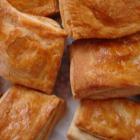ADVERTISEMENT
slavery
The Ark of Return Celebrates Triumph of Human Spirit
The Ark of Return is a design piece of sculpture that will be installed in the UN plaza in 2014.
The project is a representation of a slave ship and lone slave beside it, which symbolizes the journey of the transatlantic slave trade from bondage to freedom.
A memory piece, it invites viewers to reflect on what forces created the slave trade and were ultimately defeated by democracy.
The design will be hewn in shining white marble, emblematic of spirituality.
Congolese Slaves Import Tire Machèt
Tire Machèt began as a tribal martial arts skill in the African Congo. When European invaders conquered Haiti, they began importing Congolese slaves, who brought Tire Machèt with them.
The slaves worked on plantations and finally decided to revolt against their masters. They used Tire Machèt as their weapon.
Tire Machèt has endured as a martial art due to the protection it had when Haiti became isolated from the rest of the world. Today, it is a sacred symbol of the Haitian Slave Revolt.
Haitian Army Adopts Tire Machèt as Effective Weapon
When Congolese slaves were brought to Haiti to work the plantations, they imported a tribal martial arts form, Tire Machèt.
On the eve of the Haitian Slave Revolt, Tire Machèt was resurrected as an inexpensive type of weaponry the rebel slaves could use to slaughter plantation owners.
When the Haitian Army saw the value of Tire Machèt, they quickly adopted it as a skill to be mastered in basic training.
Tire Machèt an Effective Weapon for Haitian Slaves
The Créole martial arts form, Tire Machèt, has its roots in African tribal traditions. Brought to Haiti by Congolese slaves, it gained ascendency during a period of isolation Haiti endured from the rest of the world.
Prior to the Haitian Slave Revolt, Tire Machèt became weaponry for rebels to destroy their masters' plantations. The Haitian Army adopted Tire Machèt as part of its training and it has evolved to become a modern martial arts skill imbued with sacredness.
Makendal was born in Limbe
Limbé Prepares Slaves to Overcome French
Limbé, French for limb, is an important part of Haiti's struggle for independence.
Limbé's location in a valley, bounded by mountains, protected the slaves living there from discovery as they hiked mountain paths to meet other slaves living below Limbé.
Meeting clandestinely, they built bonds of trust, which enabled them to form a rebel unit to defeat the French.
Limbé was the staging area for the rebel slaves before they engaged French forces in the Vertieres Battle and triumphed in 1803.
Home from Colonial Period in Limbe
In the Arrondissement du Limbé sits the town of Limbé, with 32,200 occupants. Limbé is sub-divided into seven partitions: Tanmas, Haut-Limbé, Souffrieres, Ravine-des-Roches, Simalo, Camp-Coq, and Plaisance.
Important to agricultural viability of Limbé is the Limbé River, which irrigates crops of bananas, mangoes, and other tropical fruits. Coffee farming and rice growing also occur.
Although deforestation has crippled much of Haiti, Limbé has more tree cover than most areas. But the Limbé River is at peril of drying up because of deforestation.
James Theodore Holly sees Haiti as opportunity for blacks to establish Black nation
A descendent of free slaves in the United States, Reverend James Theodore Holly was baptized and confirmed as Roman Catholic, but left and joined the Episcopal Church in 1851.
He sees the newly independent Caribbean Island of Haiti as an opportunity for blacks to bind together and establish a Black nation in the Western world.
During various governments, he traveled to Haiti in order to negotiate an emigration treaty with the country. Holly later requested from the Board of Missions of the Episcopal Church to be sent to Haiti to serve as a missionary, but was denied. After serving as consul for Liberia at Port-au-Prince from 1864 to1874, Holly was consecrated missionary bishop to Haiti. He continued to live and work in his adopted nation of Haiti, returning rarely to the United States, until his death in 1911
Haiti the poorest country in the hemisphere by design - A Haitian history
Here is a picture representing the abuses that were taking place during Haiti colonization period.
The Haitian revolution revers the entire cource of the world, said Dr. Keita.
The complicity of Frence and the United States after Haiti fought for his independence.
This presentation will shine the light on so many aspects of the current world we are living in.


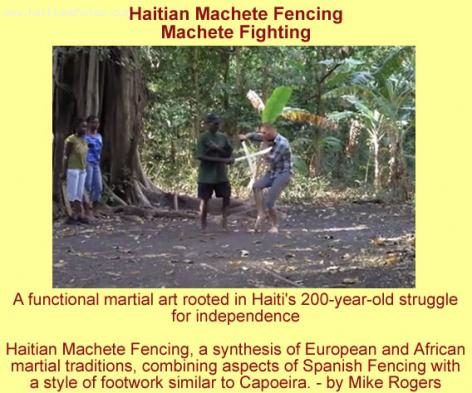
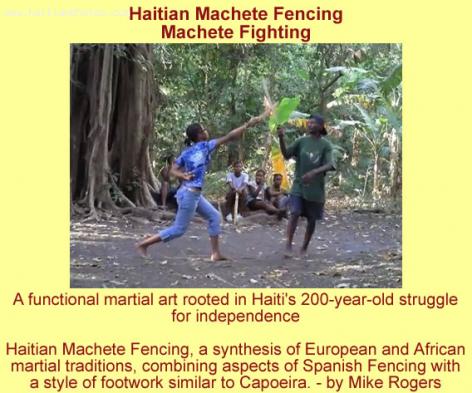
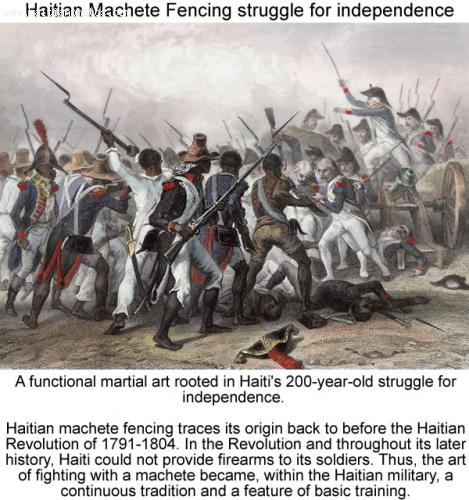

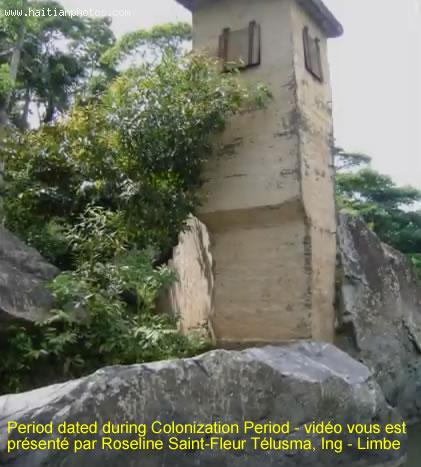
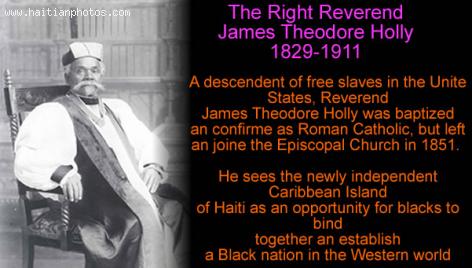
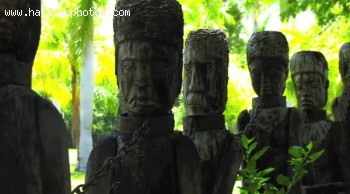
 Inauguration Lycée Jean-Louis Dulciné in Gris-Gris, Haiti
Inauguration Lycée Jean-Louis Dulciné in Gris-Gris, Haiti 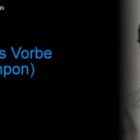 Charles Vorbe, also known as Ponpon
Charles Vorbe, also known as Ponpon  François Nicolas Duvalier Potential Candidate for President of...
François Nicolas Duvalier Potential Candidate for President of...  Port-au-Prince on fire over gas prices hike
Port-au-Prince on fire over gas prices hike  Haitiano-Japanese Naomi Osaka wins the US Open against Serena...
Haitiano-Japanese Naomi Osaka wins the US Open against Serena...  Philippe Vorbe entered world football Hall of Fame, CONCACAF
Philippe Vorbe entered world football Hall of Fame, CONCACAF  Dr. Michaëlle Amédée Gédéon is dead
Dr. Michaëlle Amédée Gédéon is dead  Commissioner Frantz Pierre indicted for accepting bribes
Commissioner Frantz Pierre indicted for accepting bribes 

